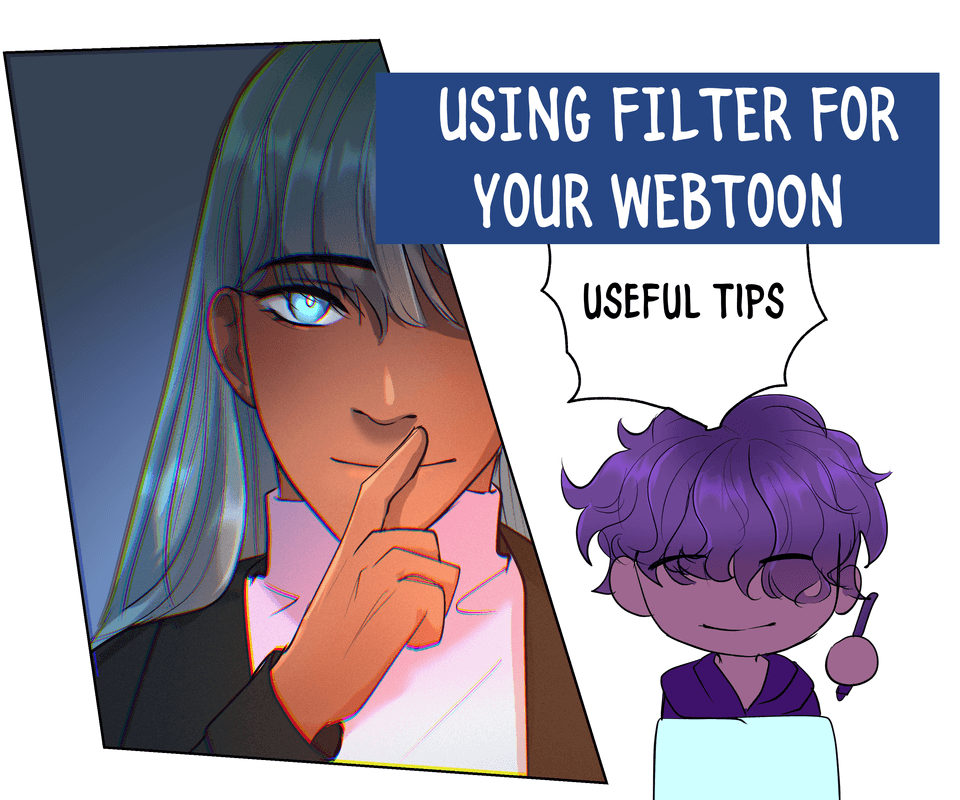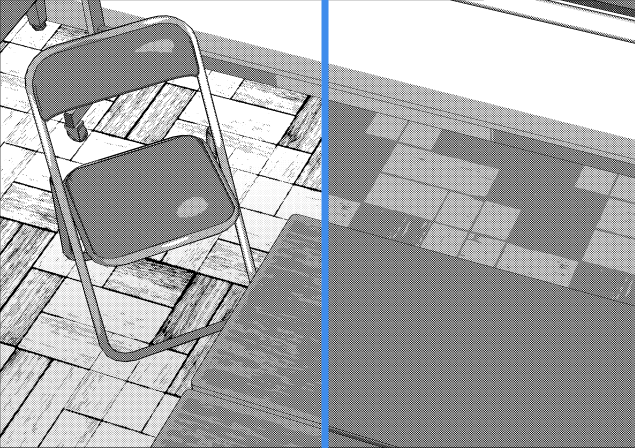The Basics of Brushes
The Basics of Brushes
This is the text version of my YouTube video! I understand some people learn better via reading, so this will include the same information, just in a different medium.
If you're new to Clip Studio Paint, this guide will be a good introduction to the basic features of brush customization. If you aren't new, think of it as a refresher!
First and foremost, Clip Studio has a very customizable layout. My program will look different than yours, and yours will look different from other peoples. You can adjust how things look by physically dragging different windows around and arranging them to your liking, or you can enable and disable certain tools under the ‘Window’ tab.
Right now, though, we’re only focused on ‘Tool’, 'Tool Properties' and 'Subtool' settings found on your program and under 'Window'.
Tool Properties
There are a lot of tool properties, so I’ll only be showing off the most common settings. Thankfully, brushes are really easy to test out and customize yourself. And if you alter it in a way you don't know how to undo, you can always reset your brush to its default settings by clicking this symbol.
Anyways, onto the tool properties! Here is an imagine containing a brief descriptor of each common brush setting, and their visual differences:
Different types of brushes (pen, pencil, painting brush, texture pen, etc) have different properties associated with them. Some repeat, but others are unique to that kind of brush.
Sub Tool Detail
All brushes have more settings than you can see initially. This is called 'Sub Tool Detail', and can be found under the 'Window' tab, or by selecting the wrench icon beneath the 'Tool Properties' tab.
There are a LOT of settings you can mess around with, and you most likely won't touch a lot of them. However, this menu allows for both customization, and the ability to add or remove settings from the Tool Property tab. If there is a setting you like that’s hidden from Tool Properties, you can enable it via the eye symbol. Likewise, if there's a setting you feel is unneeded, you can disable it.
It will look like this:
As a side note, One of my favorite tools that is hidden by default is ‘post correction’, under the ‘Correction’ tab. It’s similar to stabilization, except it smooths out your lines after you’ve drawn them. It’s really useful if you dislike how stabilization feels, and if you turn it to its highest setting you can use it to draw textured straight lines with no hassle.
I recommend playing around with the Sub Tool Detail menu! The same brush can be used in many different ways if you spend some time personalizing it, and you can duplicate and rename brushes if you make something you really like.
And remember, you can undo all customization to a brush by clicking this symbol. There’s no shame in starting over!
Clip Studio Assets
If the base app doesn't have anything you're looking for, don't fret! Clip Studio has an asset store that has brushes, backgrounds, 3d models, and more. These are all user created and shared, and downloading them to your program is super easy. You can locate the store via the 'Service' tab.
The store has both free and paid assets. You can search via a keyword, filter via popularity, or just scroll through the new additions to see if anything catches your eye.
Downloading from the store is easy! Just click on the asset, then click Download.
Once you have it saved, you can view it via the 'Material [Download]' tab found in Window.
From there, you just click and drag the asset wherever you want to store it! I downloaded a pen, so I'll be dragging it to my 'Pen' brushes.
The downloaded material will stay until you choose to delete it.
Making Brushes
I don't make brushes very often, but it's a useful skill to know if you ever want to make a texture, pattern, or just a unique lineart brush.
First, start with a large canvas. I typically do 2000 x 2000 px, at 300 dpi. This is important! Having a canvas that's too small runs the risk of a brush looking weird if you scale it up.
Additionally, set the Basic Expression Color to 'Gray'.
From there, design the tip of your brush. My brush will be used for texturing digital paintings, so I'm designing it with that in mind.
Once you're satisfied with it, save the brush and export it! To do that, go to Edit, then Register Material, then Image.
Important: Clip Studio Paint will export the layer selected. Make sure to merge your desired brush layers! Also make sure to delete the background layer so your brush is transparent.
On the menu that pops up, be sure to tick 'Use for Brush Tip Shape'. Then, select a save location. Most people have a dedicated Brushes folder. I don't make brushes very often, so I'll be saving it in Downloads.
Now, you need to duplicate an already existing brush to use as a base for the new brush. It doesn't matter which brush you use. I'll be duplicating my 'Oil Paint' brush!
Right click the brush and select 'Duplicate Sub Tool'. Then pick a name, and hit OK.
Now, click the wrench tool of the duplicated brush and go to 'Brush tip'. Select 'Material', and add the tip shape you just made. Be sure to select 'Save all settings as default settings' so you keep your new brush!
You can customize it using the settings I explained earlier. It might take a bit of adjusting to make it look how you want it, but that's normal! Take your time, and have fun with it.
Here's my brush:
Conclusion
There's a lot more than what I covered here, but hopefully this provided a brief and helpful explanation of the base functions of Clip Studio Paint. If you have any specific questions, feel free to ask.
Thanks for reading, and have fun drawing!!














Comment